You are here
Industrial Chair (ANR, Thales Alenia Space, Thales)
DEFIS-RF
DEFIS-RF
Presentation
- Person in charge:
- Secretary:
- Staff: 19 permanents, 0 PhD student, 0 Post Doc and Visitor
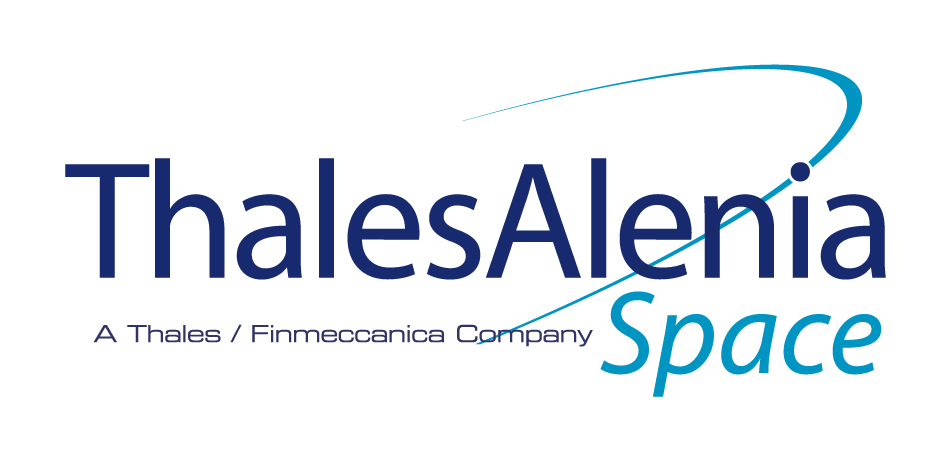
![]()
![]()
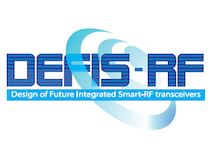
DEFIS-RF (DEsign of Future Integrated Smart-RF transceivers) is a four years collaborative project for enhancing and developing research and higher education on the Design of Future Integrated Smart Radio Frequency Transmitters. It relies on an already established extensive collaboration between XLIM labs and the Thales group for more than 20 years. In particular, thisproject aims at widening and enriching the existing common lab AXIS, a joint effort between XLIM and Thales Alenia Space (TAS, a Thales – Finmeccanica joint venture) in the frame of the development of technologies for space applications. DEFIS-RF aims to boost this fruitful collaboration to establish a major center of excellence, at the international level, for research and higher education in the design of analog high frequency devices, circuits and systems. The project will develop researches which match needs of the whole Thales Group.
Indeed, facing the challenges posed by the evolution of future telecommunications and radar systems which will require more flexibility, more integration and more efficiency, analog RF transceivers will see deep changes. Those changes require paradigm shifts in the architectures of the systems as well as in the use of breakthrough technologies such as GaN devices, microsystems and packaging. DEFIS-RF aims to address those paradigm shifts both from the viewpoints of research and higher education in order to provide the French and European industry with first class engineers who will be able to push innovation in this domain.
To achieve those goals the project is organized in three technical and scientific strategic axis which are:
- Reconfiguration and adaptability of RF front ends for flexibility of the embedded systems.
- Heterogeneous integration of electronic functions
- Energy efficiency of the front-end.
It is structured in seven Work Packages (WP) which cover: the components involved in the Front Ends
- Heterogeneous integration techniques and simulation tools (WP1),
- Micro and nano systems (WP3) and subsystems architectures (WP2).
- Filters (WP4),
- Power Amplifiers (WP5)
Higher education aspects are addressed in the WP6 in collaboration with the doctorate school of the University, engineering schools and masters. The goal of this higher education program is to increase the number and the level of engineering students and PhD students who choose this domain. This point is crucial to maintain and increase the competitivity of French and European industry through innovation. Higher Education Modules (HEM) that will be developed within the framework of the DEFIS-RF project will be available on line to encourage the enrollment of distant students and promote lifelong learning.
The governance scheme, is organized as follows:
- The management board which reports to the ANR,
- The steering committee which takes the decisions about strategic and financial topics, advised by
- The scientific committee which gathers scientists from the stakeholders as well asrepresentative of French agencies and invited external scientists.
Management tasks are addressed within the WP0.
The project gathers teams from the University of Limoges and Thales and will be animated by the chair holder. Moreover we aim to establish collaborations with partners at the national and international levels: engineering schools for education and labs such as III-V labs and CINTRA (common lab between Thales, CNRS and NTU Singapore) as well as European universities to strengthen the visibility of the DEFIS-RF project.
Tasks
-
WP1: PACKAGING-MULTIPHYSIC MODELING AND SIMULATION
The scope of this WP is to develop new technologies and materials based on nano-elements for low thermal resistance interfaces and electrical interconnects. -
WP2: SUBSYSTEMS
From the converter point of view, new architectures are seeked to directly digitize the RF signals, including cooled ones . -
WP3: MICRO AND NANO DEVICES
Micro and nano-systems for RF permits the development of miniature, integrated micro and nanocomponents for flexible front ends. -
WP4 FILTERS & MULTIPLEXERS
Today, the proposed flexible filtering solutions for radar or payload transmitters are not radical breakthrough but rather a gathering of incremental evolutions of products with heritage of various -
WP5: POWER AMPLIFIERS
Energy efficiency of transceivers is mainly dominated by the power amplifier performances. Thus there is a continuous effort over the world to improve the RF power amplifiers efficiency. -
WP6: Higher education modules
page under construction




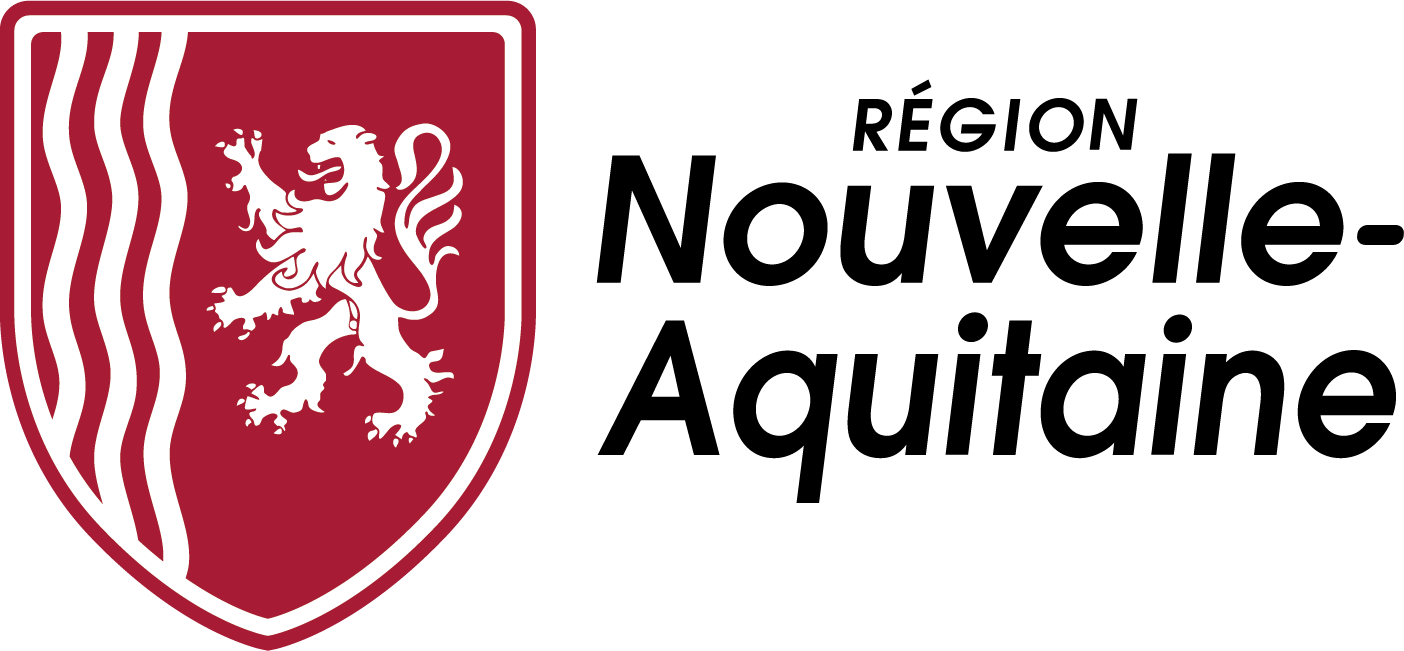
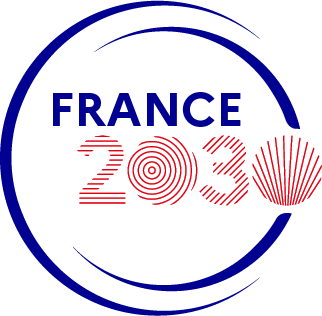

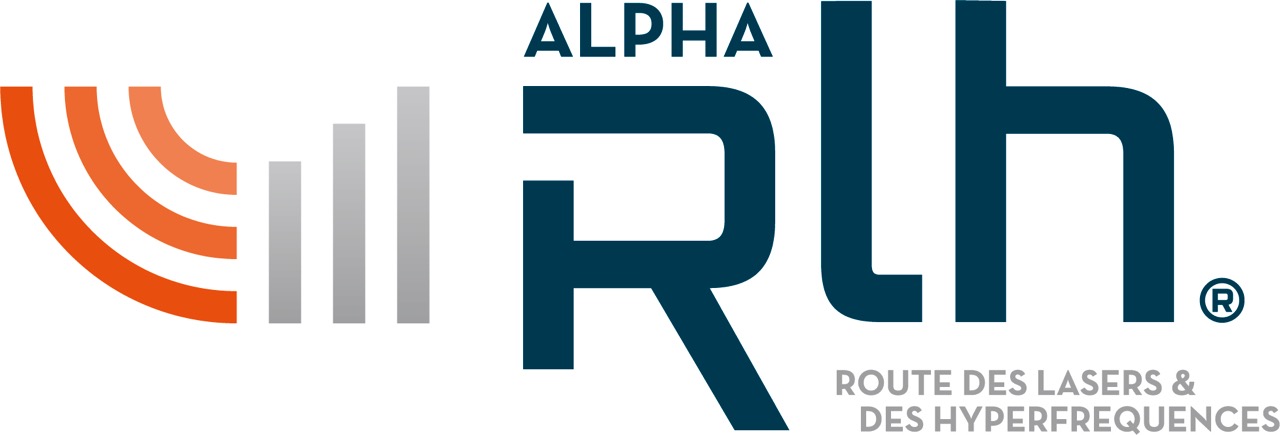

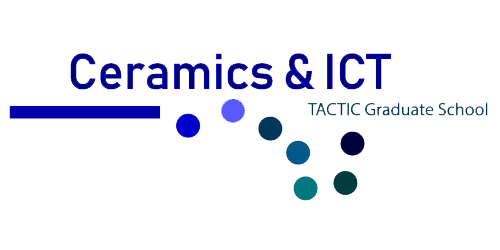
 UMR CNRS n°7252
UMR CNRS n°7252